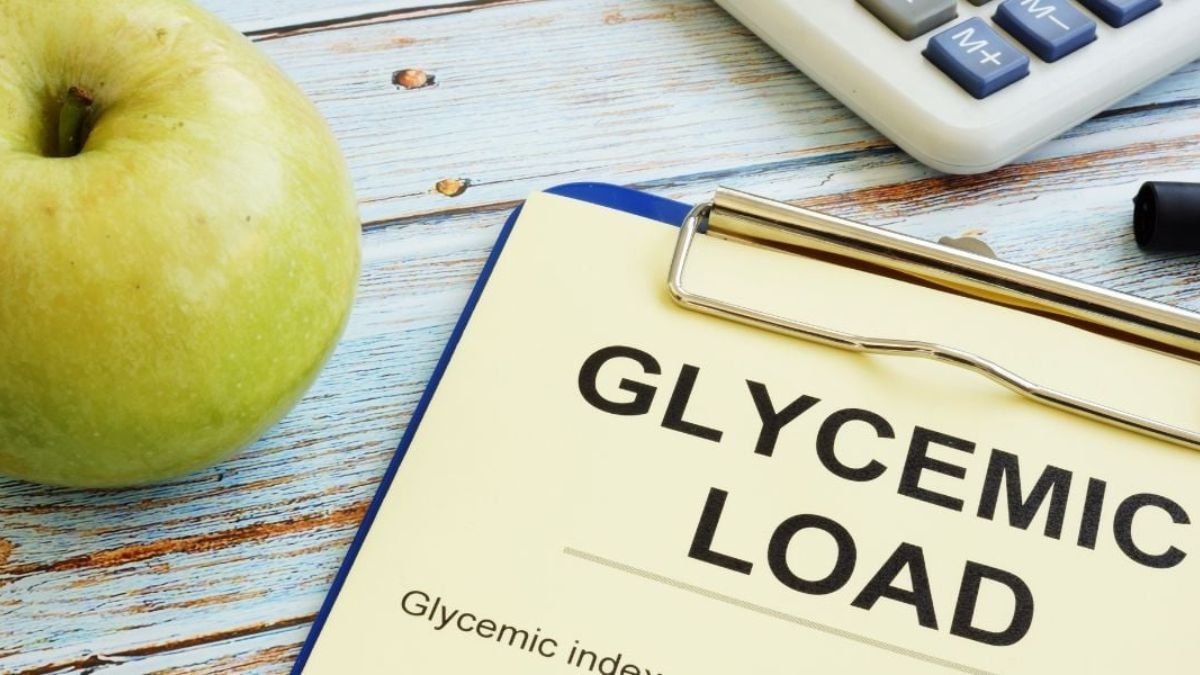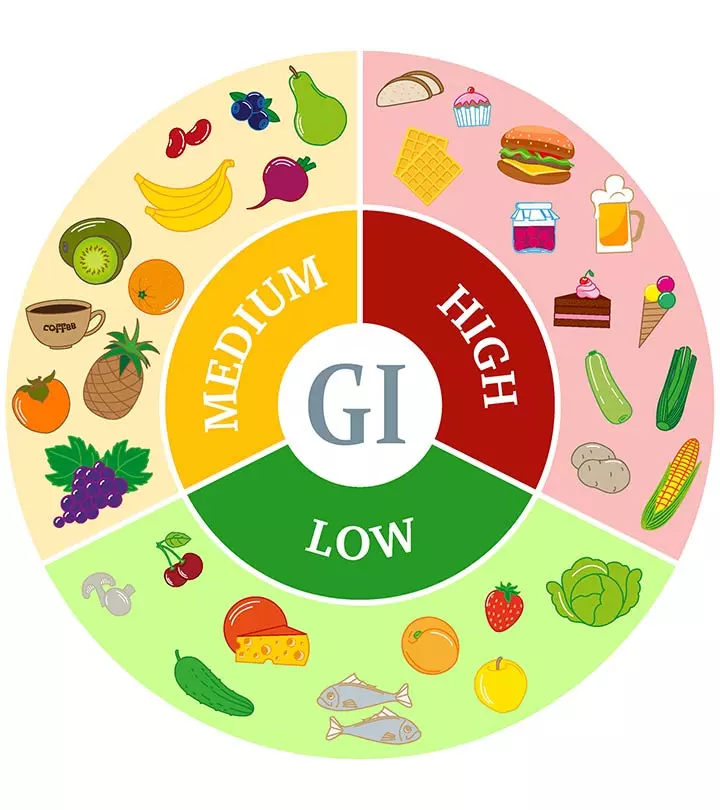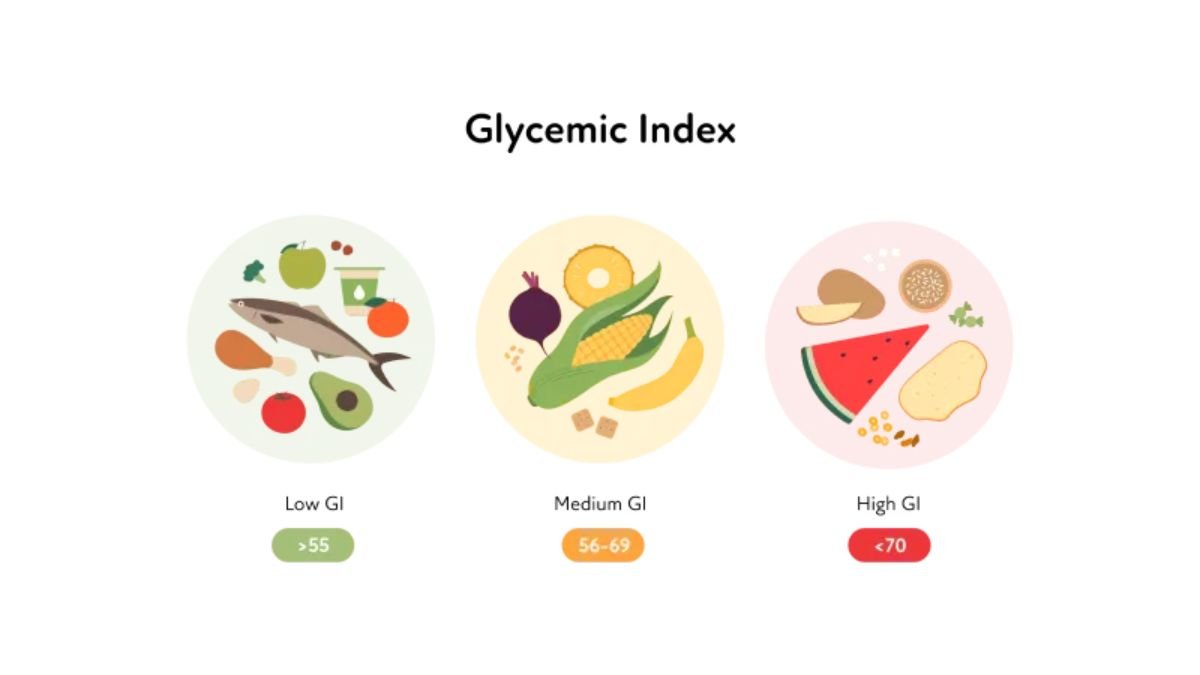The glycemic index (GI) can be a valuable tool for individuals managing diabetes. Here’s how GI can be beneficial and what considerations there are for people with diabetes:
- Blood sugar management: Understanding the GI helps choose carbohydrates that cause a slower and more gradual rise in blood sugar levels. Low GI foods may contribute to better blood sugar control, reducing the risk of sudden rises and falls in glucose levels.
- Food Choices: Including low GI foods in the diet, such as non-starchy vegetables, legumes, whole grains and some fruits, can help manage blood sugar levels for individuals with diabetes. These foods are digested more slowly, causing a gradual rise in blood sugar.
- Meal planning: Combining low GI carbohydrates with sources of protein, healthy fats and fiber can help create a balanced meal that provides sustained energy, minimizes the impact on blood sugar and promotes satiety.
- Reducing insulin spikes: Consuming low-GI foods can help reduce the need for large amounts of insulin or medications that aim to lower blood sugar, as they release glucose slowly into the bloodstream. .
- Individual variability: While the GI provides valuable information, individual responses to carbohydrates may vary. Factors such as insulin sensitivity, overall diet, food composition, and physical activity levels can affect how a person’s body reacts to different foods.
- Considering Glycemic Load: It is important to consider both GI and portion size (glycemic load). Some foods with low GI may have a higher glycemic load due to larger serving sizes, which can potentially affect blood sugar levels.
- Consulting a health care professional: Individuals with diabetes should consult a health care professional or registered dietitian for personalized dietary recommendations. A tailored approach that considers a person’s health condition, medication, and specific needs is key to effectively managing diabetes.
While the GI can be a helpful guide, effective diabetes management requires a focus on overall diet quality, portion control, regular monitoring of blood sugar levels, and a balanced lifestyle including regular physical activity. Management of diabetes involves a holistic approach that combines various strategies to achieve optimal blood sugar control and overall well-being.
Chat Now Gehuwala- Click Here
Glycemic index for diabetes FAQ
1. What is the Glycemic Index (GI) and its relevance to diabetes?
GI is a scale that measures how quickly carbohydrates in food raise blood sugar levels. For individuals with diabetes, focusing on low-GI foods may help manage blood sugar levels more effectively by choosing carbohydrates that cause a slower and more gradual rise in blood sugar.
2. Which foods have a low Glycemic Index (GI)?
Low GI foods include non-starchy vegetables (e.g., broccoli, spinach), legumes (e.g., lentils, chickpeas), whole grains (e.g., quinoa, barley), and most fruits such as berries and apples.
3. Why are low-GI foods beneficial for diabetes management?
Low GI foods help stabilize blood sugar levels by causing a slower rise in blood sugar after consumption, reducing the risk of a sudden rise or fall in blood sugar.
4. How does the GI impact insulin response for people with diabetes?
Low-GI foods generally cause a more moderate and steady release of glucose into the bloodstream, which may reduce the need for sudden large increases in insulin or other medications to manage blood sugar levels.
5. Should people with diabetes only focus on low-GI foods?
While low-GI foods are beneficial, it is important to consider overall food composition, portion size, and nutritional content of foods. Balance and variety in diet, including healthy fats, protein, fiber and adequate micronutrients, are important for overall health.
6. Can high-GI foods be included in a diabetic diet?
Yes, high-GI foods can be included occasionally and in moderation, especially when balanced with other low-GI foods and consumed as part of a complete meal. Factors such as portion size and overall diet quality play an important role.
7. How can the GI help with meal planning for diabetes?
Incorporating more low GI foods into the diet, combining them with protein, healthy fats and fiber, can help create a balanced and blood sugar-friendly meal that provides sustained energy and satiety.
8. Should individuals with diabetes solely rely on the GI for meal planning?
No. While the GI is a helpful tool, other factors such as individual response to carbohydrates, overall diet quality, lifestyle, medication and health status need to be considered. It is important to consult a health care professional or registered dietitian for personalized dietary advice tailored to specific health needs.




